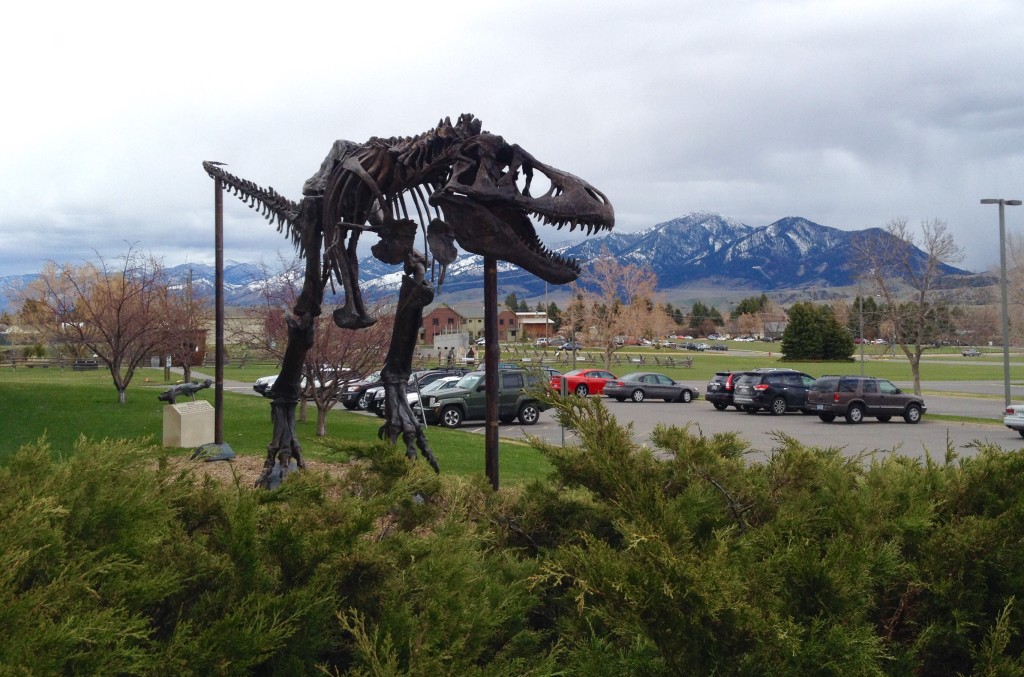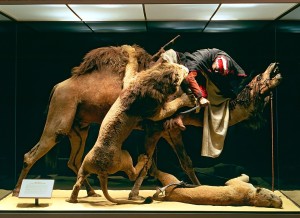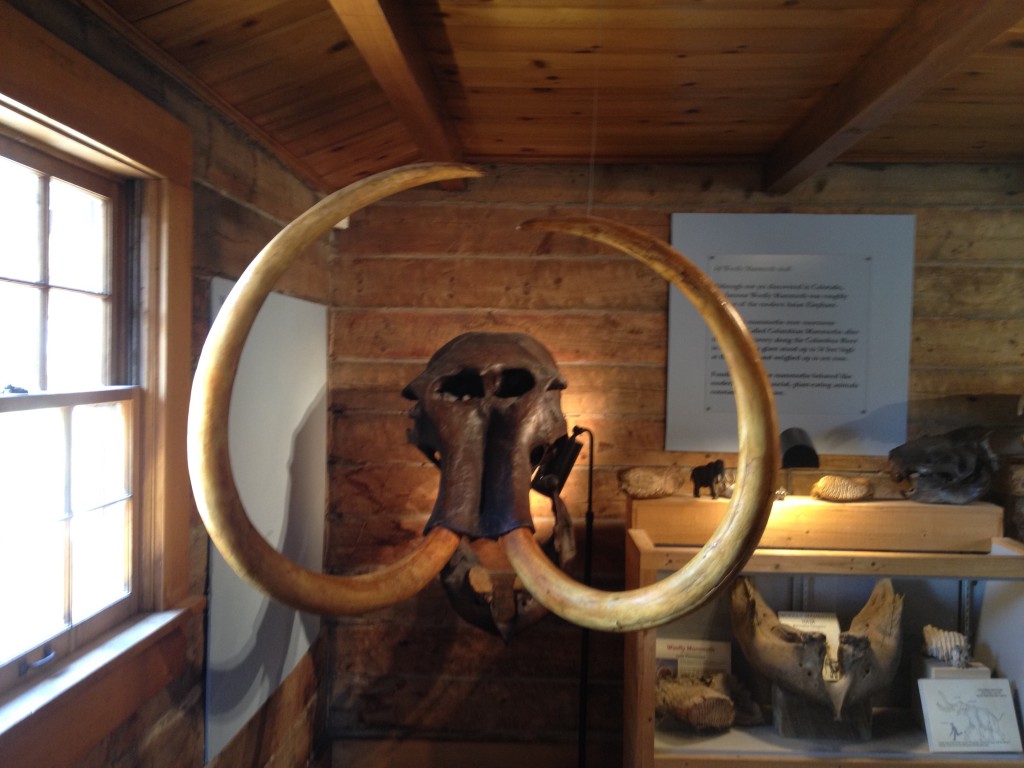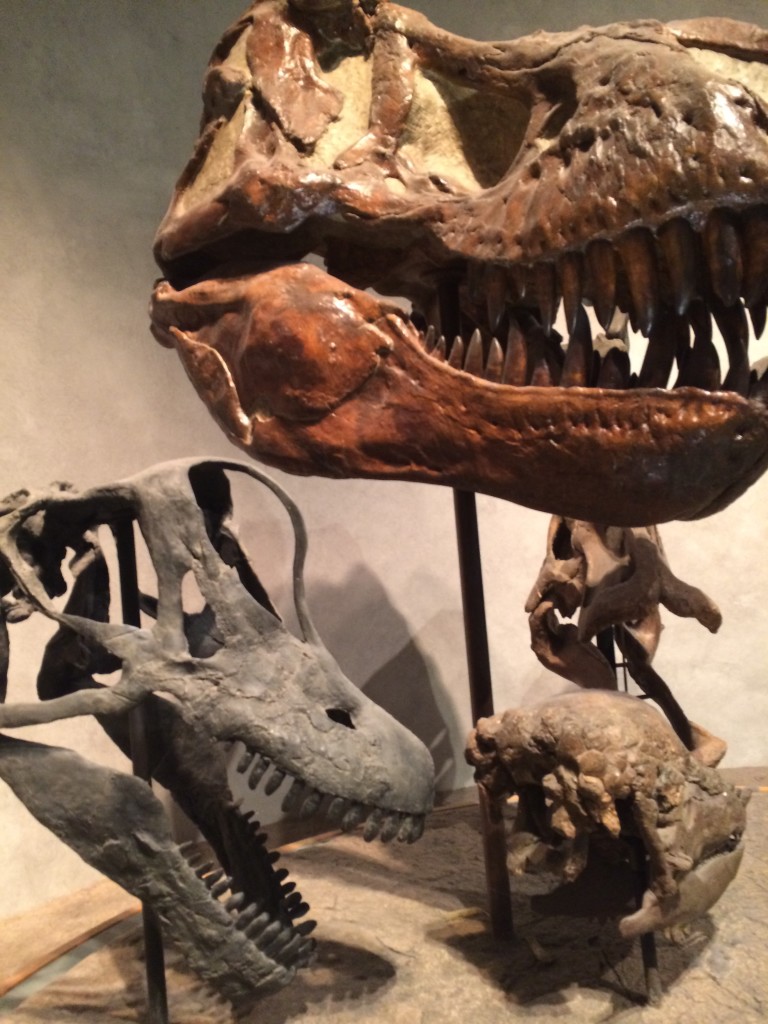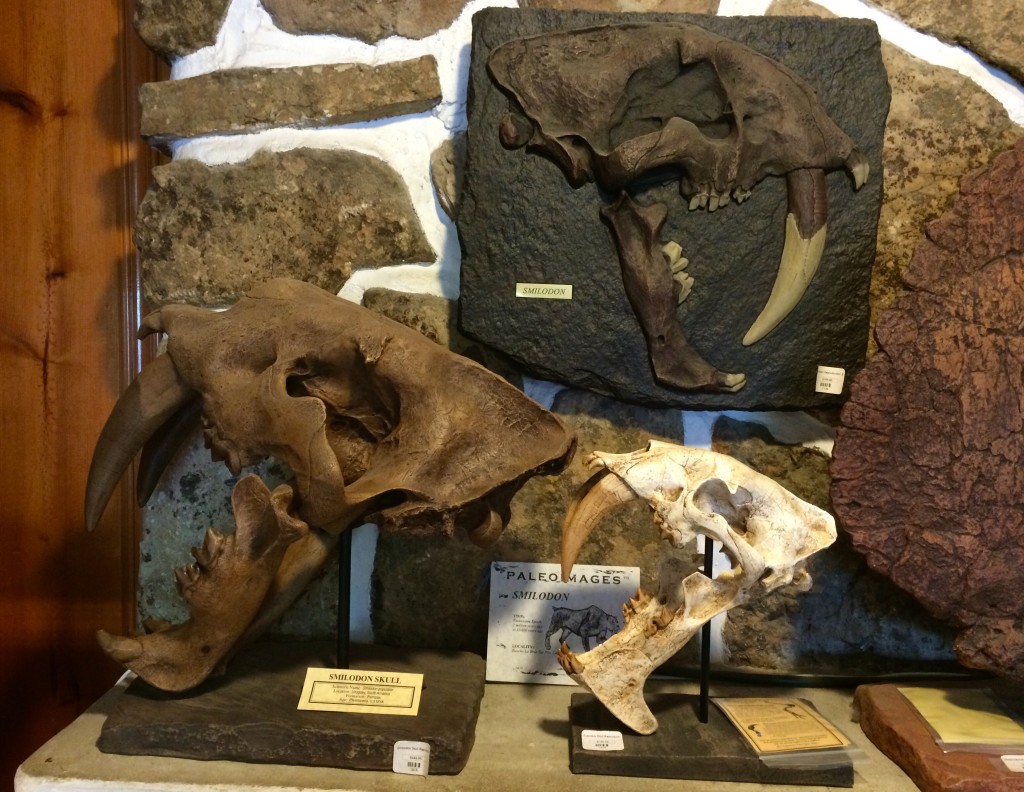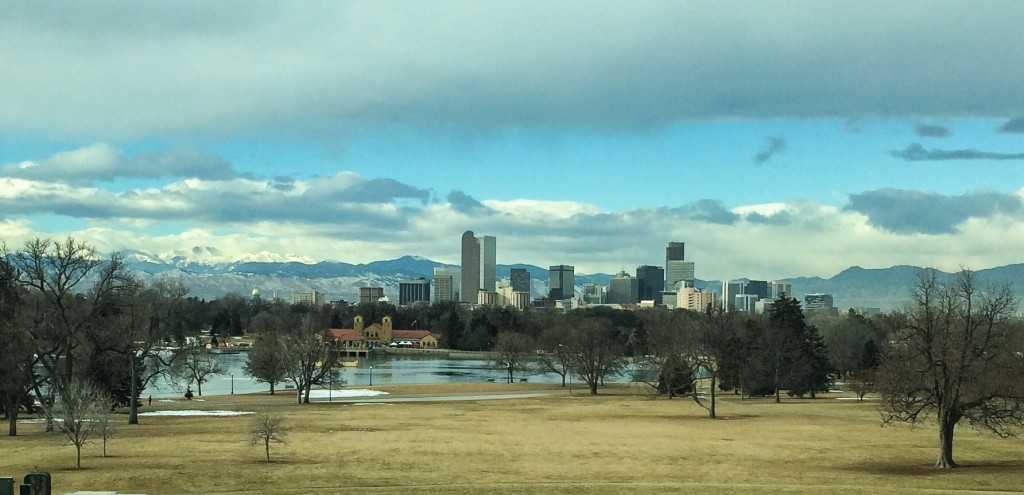Dinosaurs, space, environmental processes, earth science. Are you getting excited? The best science and natural history museums promote wonder and spark your imagination. They’ll get you thinking, educate, and maybe even get you excited about the natural sciences.
I’ve been to several museums in the past few years due to my son’s interest in dinosaurs and space. This isn’t anything new for me; only the frequency has increased. I’ve been a fan of natural history museums since I was a kid. Growing up in Pittsburgh, trips to the Carnegie Museum of Natural History were a thrill. It was an impressive building filled with all these amazing things for a young scientist-to-be to explore. The dinosaurs, of course, were the biggest attraction. But there was also the diorama, “The Arab Courier.” I had to see this every visit. As a kid I “got” dinosaurs, but this was different. It put me in a curious mental place that nothing else did. I was fascinated and even a bit scared. Looking at a photo of it now, it’s still fascinating! Isn’t that a what a natural history museum should do?
Natural history museums may have a reputation in the general public of being geared toward kids. Visit one and you’ll probably be mingling with school field trips and young families. But these museums show real science. They’re often run or advised by great scientists working behind the scenes.
Science is deep and interesting. But scientist often have trouble communicating it to the public. That’s where museums come in. Museums need to balance displaying good science, sparking imagination, and getting people in the door. That can be a tough balance for some scientists, who like to focus solely on the science. The best museums, curators, and creative scientists find that balance with impressive displays and cool infrastructure. Did you see that cool and freaky Bodies exhibit several years ago? What about the Robot exhibit currently traveling the country? These traveling exhibits are perfect examples of finding this balance.
My increased visits to these museums have renewed my emphasis on their importance. Part of my job is to communicate science to non-scientists. I see what good science communication can do in a professional setting and I see what these museums do to my son.
Living in Denver, we have a good variety. The Denver Museum of Natural History is the big, all-encompassing one. The Morrison Natural History Museum and Dinosaur Ridge are smaller and provide a less crowded, intimate feel. The University of Colorado Museum of Natural History has that college-town feel. I look forward to taking my sons to the Carnegie, which I haven’t seen in decades. And some of our country’s other prominent museums: Smithsonian National Museum of Natural History and the American Museum of Natural History.
What’s your favorite science and natural history museum? Was there an exhibit that made a strong impression on you?

